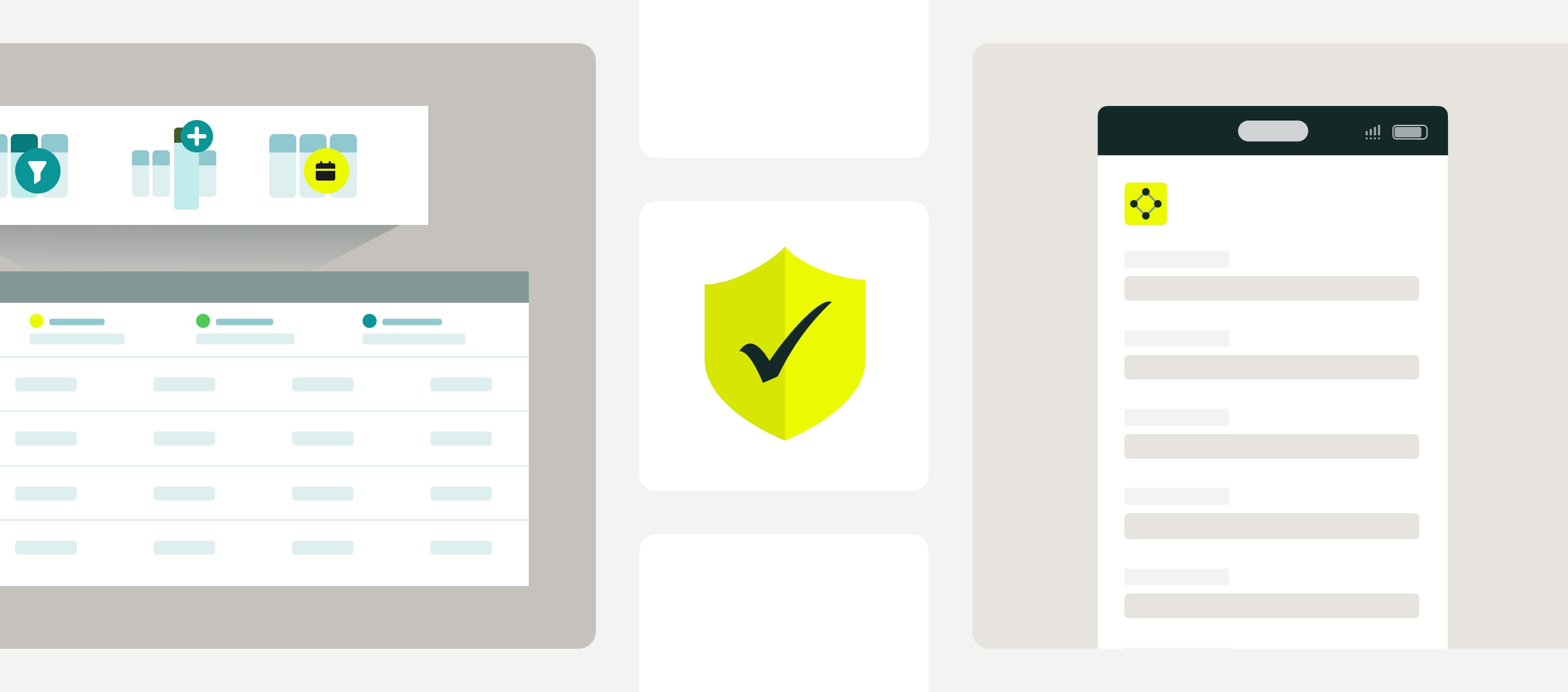Facility managers are often tasked with the delicate balance of running an updated, streamlined operation at the lowest cost possible. Facility management software helps facility managers operate within those margins, delivering paperless, streamlined operations that make it possible to take better control over day-to-day operations.
With just six simple steps facility managers can take to easily reduce operational building maintenance costs using automated workflows:
#1 – Update maintenance procedures.
Established routines to ensure proper facility maintenance is being performed should not be set in stone. There are always opportunities for improvement, cost savings, and greater efficiency. One of them is having organized, automated document workflows for facility walkthroughs, audit maintenance procedures, and other daily processes that are repetitive tasks.
#2 – Improve employee training.
Staying ahead of future problems while avoiding repetitive maintenance can reduce costs and eliminate unnecessary rework. E-signing features of workflow automation software can assist throughout the employee trainings (for example, different ones offered through International Facility Management Association (IFMA) getting the approvals from trainers who verify that the required tests have been passed and training has been completed. Trend reports generated from historic data on incidents and corrective actions can also suggest what type of training would be beneficial to do.
Learn more Learn more about how Fluix can help you minimize operational costs and sign up for a free trial.
#3 – Centralize record keeping.
Automated workflows can also be set to create and update records automatically. A completed maintenance task checklist could automatically create a date and time stamp and record the information so the manager can check at any time whether a task was completed. Isn’t it wonderful?
Comfort Systems USA, a nationwide provider of commercial HVAC, mechanical, and electrical services, has adopted automated workflows to streamline its daily operations 4 years ago. Removing paper-based processes from the equation, Comfort System USA keeps comprehensive electronic records in the online system for its field workers to reduce unnecessary office visits, eliminate paper-related costs, and speed up customer billing.
#4 – Boost workplace safety.
No matter the facility, safety is paramount. Facility management software can ensure all employees have easy access to critical safety procedures and documents through a mobile-first solution equipped with the customized workflow rules set. By keeping employees informed of existing policies, new changes, and important alerts, facility managers can take the necessary steps to ensure a safe and secure workplace.
Also, in case of an incident, supervisors can report it quickly by completing an appropriate form on a mobile device. Based on workflow rules, safety incidents can then be logged and emailed to relevant managers who need to be informed.
#5 – Monitor HVAC systems.
Regular maintenance of facility heating and cooling (HVAC) systems not only keep buildings comfortable, but it can also ensure temperature-sensitive products, materials, and equipment remain in good condition. But HVAC preventive maintenance inspections can be expensive, time-intensive tasks that are prone to unexpected costs and unpleasant surprises. Commercial HVAC software can help facilities managers monitor and maintain HVAC systems by building customized commercial HVAC inspection reports, allowing providers to avoid costly equipment failures and expensive repairs.
#6 – Perform predictive testing.
Repairing equipment at the moment of failure can be a pricy task that grinds production to a halt. Anticipating future maintenance needs can prevent unexpected delays and costly equipment repairs, allowing work to continue without interruption. Data collection and collaboration tools in workflow management software can help facilities managers perform predictive equipment testing, allowing workers to take a closer look at equipment to anticipate future maintenance needs. For instance, it allows facility managers to create custom checklists that help to identify, report, and fix plan deviations or hazardous conditions.
Fluix’s mobile-first workflow management software can help facility managers carry out budget-friendly building maintenance work. It’s a simple and lightweight tool that makes it possible for teams to be more productive on-site in the field, in the office, and everywhere in between. Allowing facilities managers to reduce administrative costs and streamline operations, Fluix uses powerful digital solutions to replace old-fashioned manual processes.





